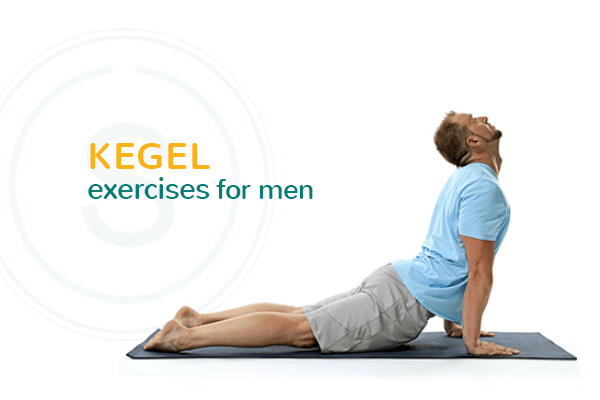Kegel exercises are used to treat a variety of conditions in women, but research suggests they may also help men.
Kegel exercises for men help restore bladder control after prostate surgery. SMILES explains more about the benefits of kegel exercises for men and how to do them.
What are kegel exercises?
Kegels consist of repeated contractions and relaxation of muscles which help in strengthening the pelvic floor muscles and control urination. Kegel exercises or pelvic floor exercises can help both men and women who have problems with urine leakage and fecal incontinence.
What are the benefits of Kegels for men?
Sometimes,urinary incontinence in men can be caused by a weak urinary sphincter that may result from prostatectomy and conditions such as the overactive bladder. Kegel exercises are one of the effective ways to control urinary incontinence.
SMILES outlined some more benefits of Kegels for men
- ● Kegels for men can help treat erectile dysfunction and increase the intensity of orgasms.
- ● Kegel exercises can also train the perianal muscles by increasing oxygen supply and strengthening those muscles.
- ● Pelvic-floor muscle exercises or Kegels for men helps to prevent premature ejaculation.
- ● Kegel exercises for men treat nocturia (wake up during the night to urinate)
- ● Kegel exercises can improve sleep and quality of life.
However, the benefits of Kegels will often depend on the contraction of the right muscles.
How to find the right muscles?
While strengthening your pelvic floor muscles, it is important to make sure that you are exercising the right muscles. One of the easiest ways to identify your muscles is during urination. Here is how:
- ● Try to stop or hold the flow of urine that keep you passing of gas.
- ● Don’t tense the muscles in the buttocks, legs or abdomen and don’t hold your breath.
- ● When you are able to slow down or hold the passage of urine, you can locate the right muscles.
In rare cases, men may need biofeedback to help them identify the right muscles. Once you know which muscles to target, you can perform Kegels.
How to do Kegel Exercises?
Now you have located your pelvic floor muscles, you can them stronger by following the below steps.
- ● Make sure your bladder is empty, then sit or lie down (you may find it easiest in doing Kegels by lying down at first).
- ● Tighten and hold your pelvic floor muscles for 3 to 5 seconds.
- ● Relax your pelvic floor muscles and count 3 to 5 seconds
- ● Repeat 10 times
- ● Do the same Kegels for 3 times a day.
Take a deep breath and relax your body when you are doing these Kegel exercises. After a few weeks, you would definitely feel better and have fewer symptoms of urinary incontinence.
Urinary incontinence experts suggest that incontinence can reoccur if you stop doing these kegel exercises. But, overdoing it can lead to straining when you urinate or passing stools.
Still suffering from sensitive bladder issues even after following Kegel? Do not ignore it. Consult Dr. Parameshwar, one of the best incontinence treatment doctors in Bangalore to treat your conditions and avoid further complications.

